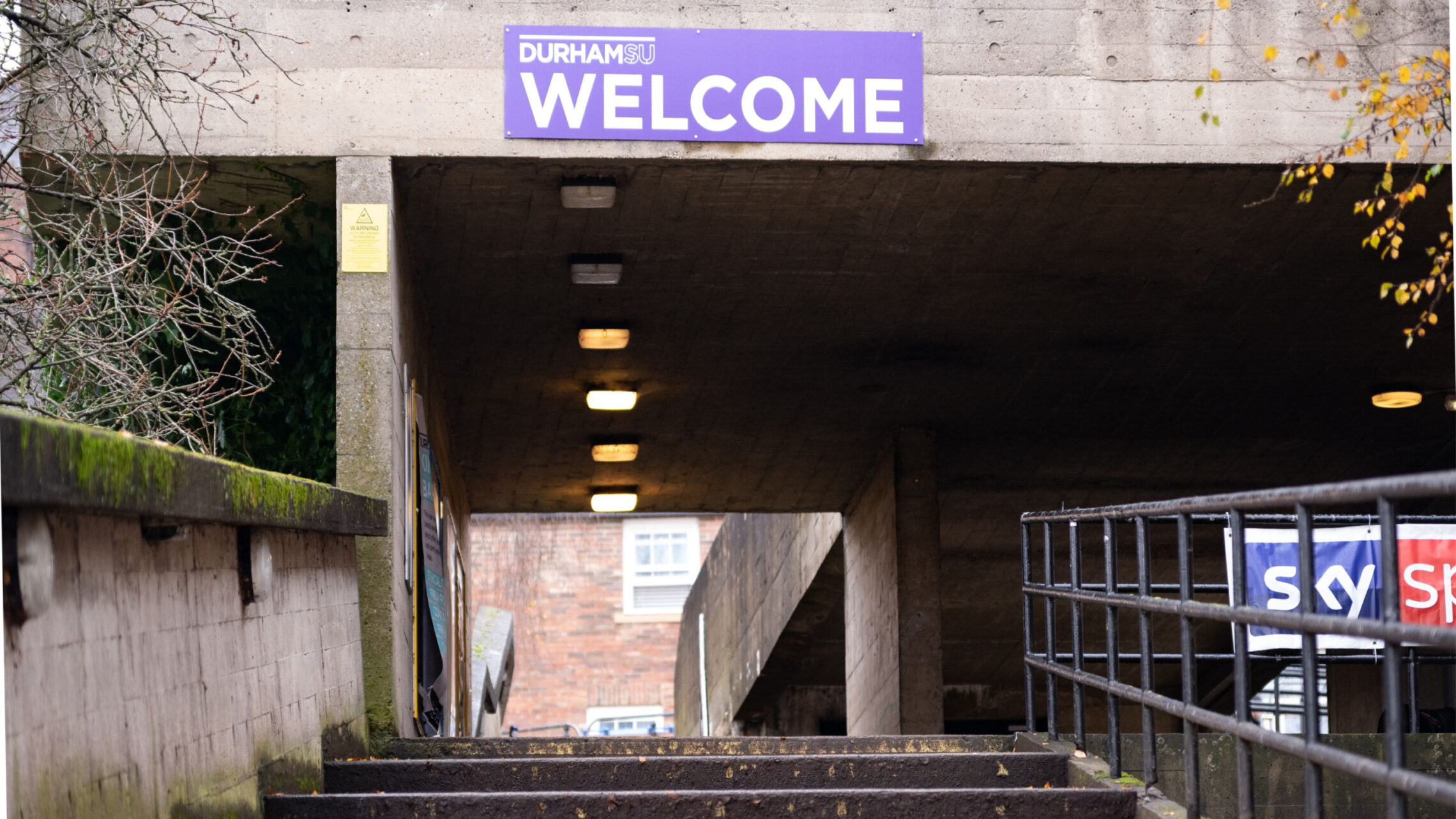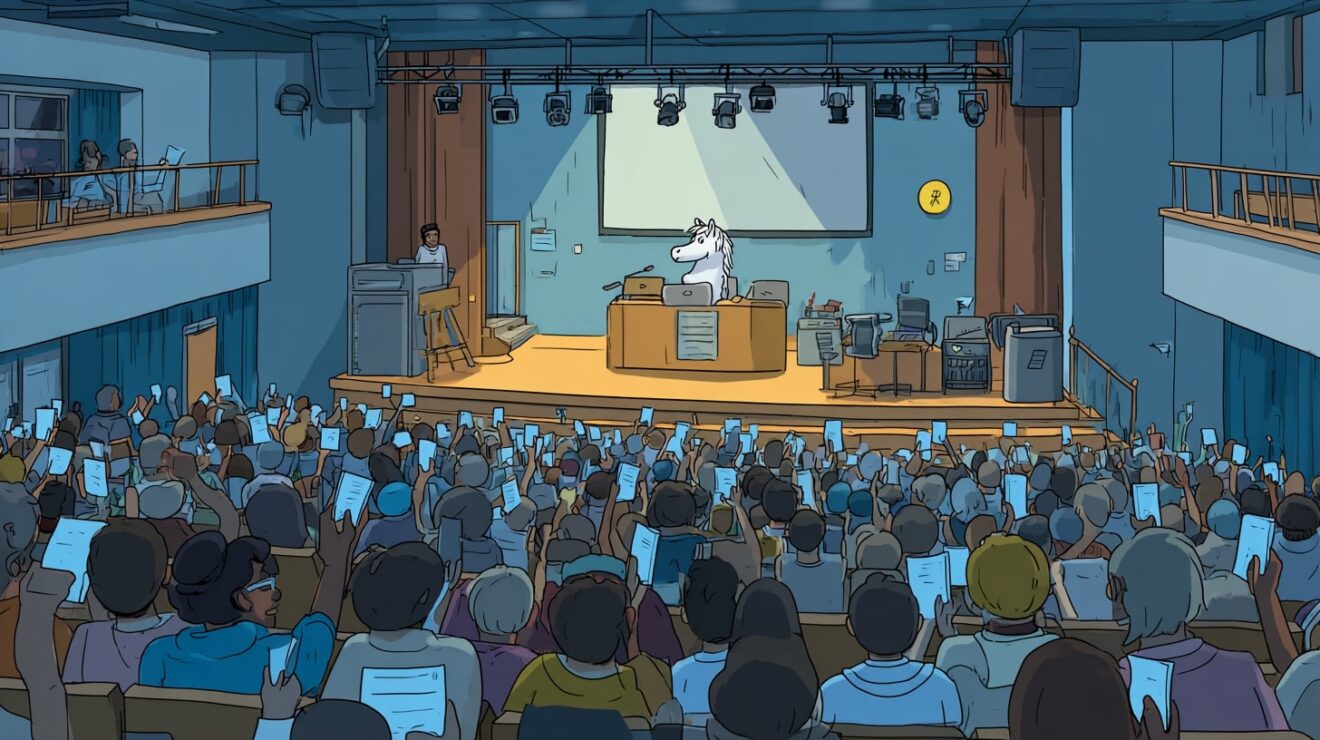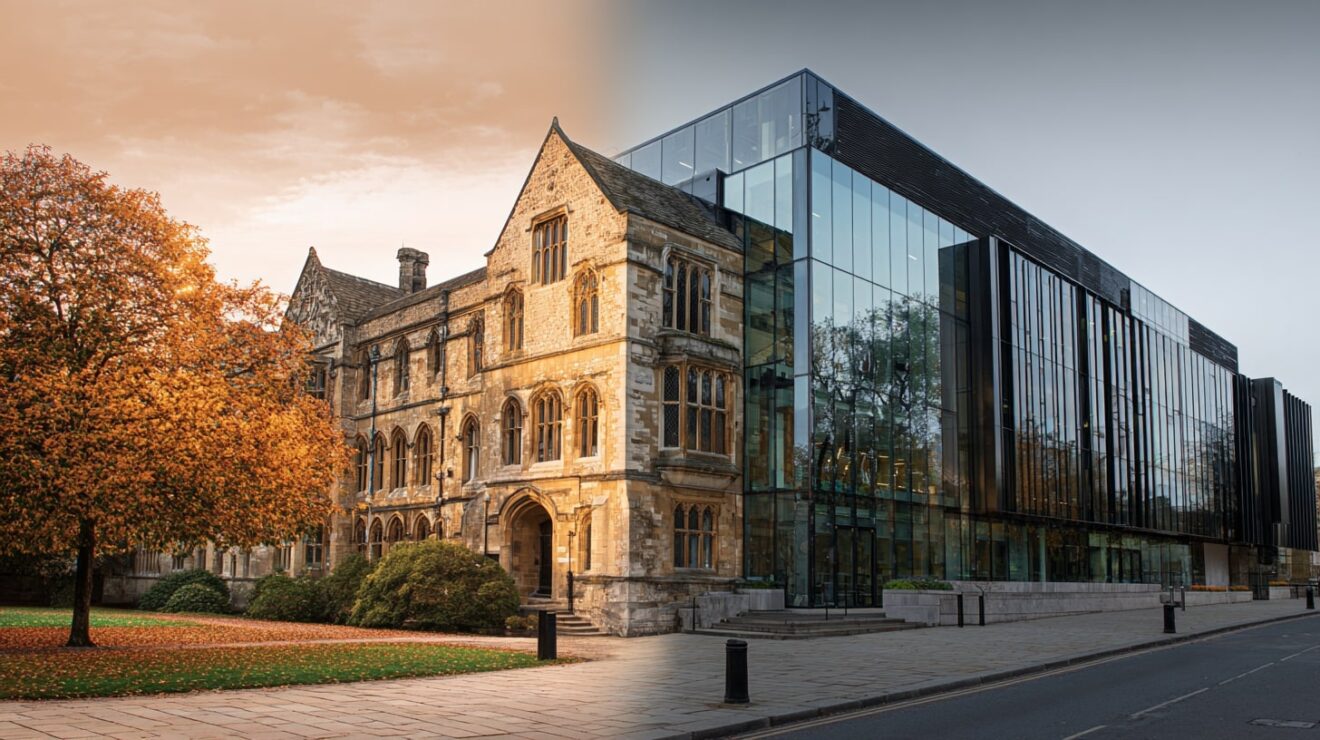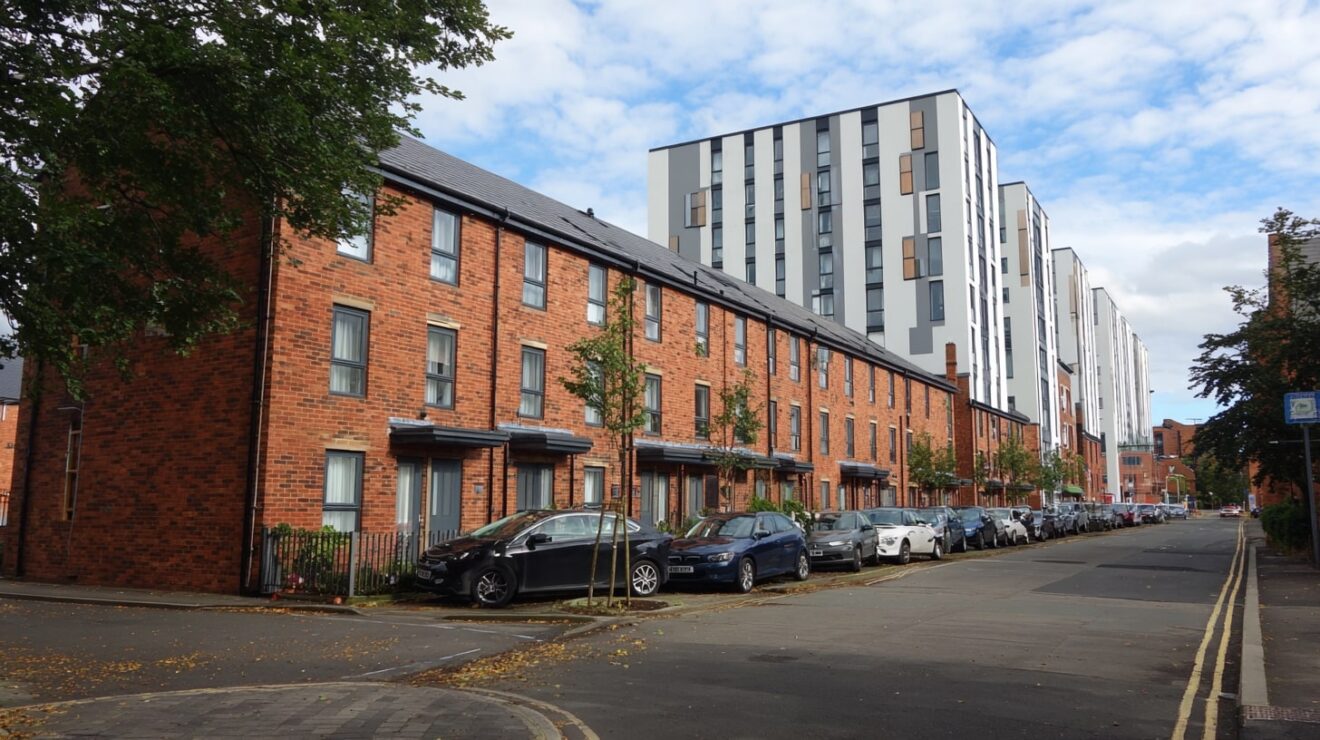The culture of an institution is intangible. It is a difficult thing to describe and an even harder thing to change.
It’s created by a complex web of interactions – between physical buildings, aesthetics, traditions, external and internal perspectives and so on.
But in order to fully interrogate a culture, we need to know not just how it is created, but how that culture is experienced. The culture of an institution is not what is observed, it is what is lived.
And that is why, when forming a narrative of the culture at Durham University, it was so important that it was built from the voices of those that live it, from hundreds of conversations with students themselves.
Through students’ eyes
In 2020, as the President of Durham SU, I led the creation of a report into Durham University’s culture from the perspective of its student body. The purpose of the Culture Commission was twofold – firstly, to identify and locate positive and negative behaviours or attitudes in the Durham student experience and secondly, to offer sustainable and long-term recommendations to deconstruct and amend this culture.
In part, this report was a response to Durham University’s Respect Commission, which was originally set up in 2018 in response to misogyny experienced by former Durham Students’ Union officers.
Whilst the Respect Commission and its recommendations represented positive steps in identifying and challenging the unacceptable behaviours that exist within our community, the emphasis on the experience of staff neglected to address the Durham student experience.
One Google search and you’ll discover why there was a need to go further and examine Durham University’s culture from a student perspective. In 2020 especially, it seemed like everyone was an authority on society and culture, and were using the word “toxic” to say a whole lot without managing to really say much at all. And in Durham, it seemed more important for students and spectators to reduce Durham student culture to a myth and strip it of all its nuances.
As the SU President, whether in comments to the press or in university meetings, I was frequently required to articulate what this culture was – to join the dots between the incidents that blew up into news headlines, the comments posted on social media, and the personal stories told to me by friends and colleagues. And even though, as SU President, I am a representative of the students who have elected me, I do not believe one person can ever accurately represent the nuances of a culture.
As one of the first student quotes in the Culture Commission says, “There is no single culture at Durham: the culture at my college is very different to the one within my course, is different to the ones within some societies, is different to whichever one newspapers keep talking about.”
So to form an accurate picture of culture at Durham University, to outline the positives and the negatives, to not fall into the trap of replicating an outsider’s view nor the shining prospectus perspective, I needed not first to write, but to listen.
Are you sitting uncomfortably
I recruited a team of student commissioners, as well as two external commissioners, to lead on the research for this report. Through focus groups and one-to-one interviews, the team of commissioners collected as many student stories about their experiences as possible.
Listening was all the more important with so much of this report’s research taking place during a pandemic. The 1-1 interactions that student officers might usually have in student bars or the SU corridors were non-existent.
We could see only outrage – the most extreme views shared online and the concerned students that ended up in our inboxes. Listening intentionally allowed us to hear a myriad of voices and to hear them not when they were reacting to the latest scandal, but when they had time to reflect, to answer questions, to show us many sides of their experience.
One thing that has always been at the crux of the Culture Commission, and to the accuracy of the narrative it creates, is that unlike the things we so often see in the press, it is not afraid of nuance:
- A collegiate system can be both welcoming and exclusive.
- Durham University can have an elitist image and yet be striving for change.
- Small pockets of students can form their own welcoming communities and simultaneously feel like they do not belong elsewhere within a culture.
These are the nuances that stand out when you take the time to listen to people. This is what happens when the voices of students reverberate throughout a report.
It’s these nuances and tensions that make a culture so difficult to pin down, but also that are the root of so many of Durham University’s problems. How can a university be truly inclusive if the image it displays is of cobbled streets, gowns and formal dinners?
You can see these tensions in the design of the report, the cracks that shatter the traditional images of Durham University. Cultural change happens when we’re not afraid to step into those cracks.
To exist in an uncomfortable space that recognises a conflicted culture. This is how we find the recommendations that really commit to change.


















